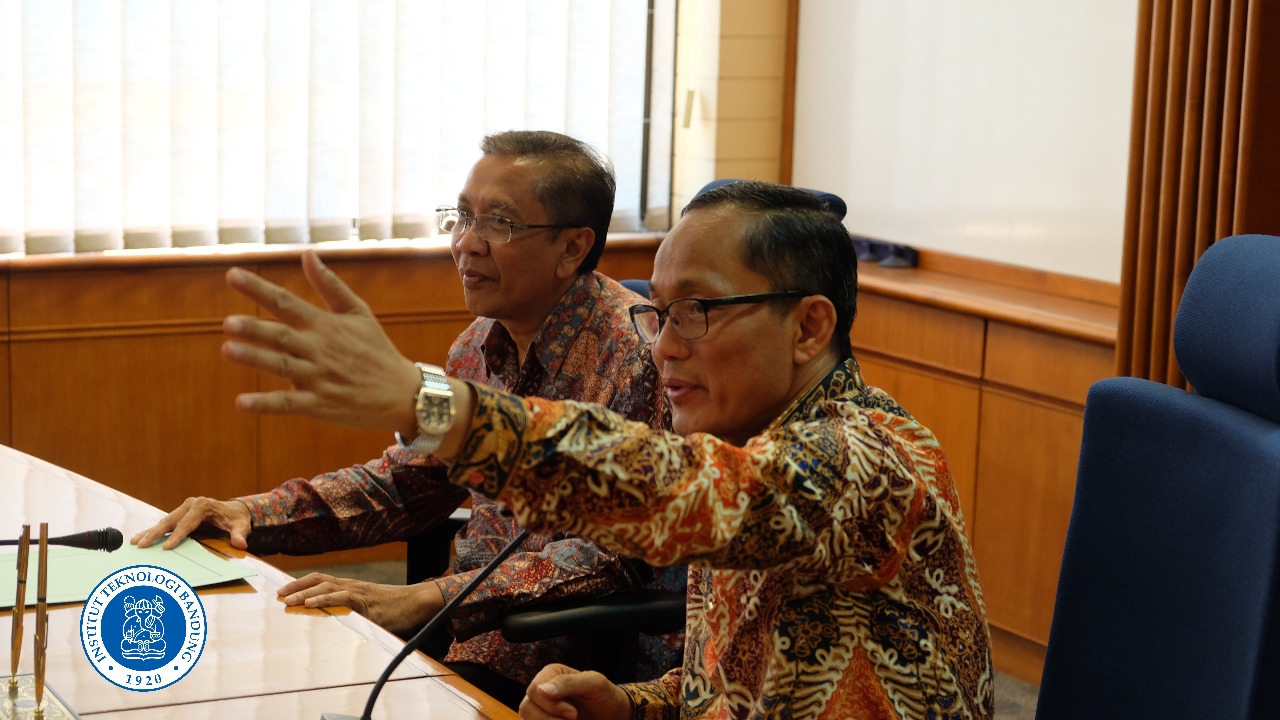Competent Geospatial Professionals are the Keyholders to Long-Term Development

BANDUNG, itb.ac.id—On Wednesday (22/9/2021), ITB's Forestry Engineering study program hosted a guest lecture as part of the Remote Sensing and Forestry Geographic Information System course. This program discussed the "Role of Geospatial Professionals in Sustainable Natural Resource Management."
It is known that the usage of geospatial information has now reached many parts of society. "In the future, graduates of Forestry Engineering will pay significant attention to this geographical component and its many implementations." In his remarks, Dr. Elham Sumarga, Head of the Forestry Engineering Study Program, stated, "This can act as an added value and contribution to our study program."
Dr. Lina Wahyuni, M.Sc., Chairperson of the Indonesian Association of Geospatial Information Experts (PAGI), was invited to deliver the presentation at this public lecture. In the beginning, she stated that geospatial professionals must be certified because geospatial expertise is used in policy formation, decision making, and implementation of earth space operations.
Professionals in the geospatial industry must, of course, be competent. "Competence can be defined as someone who has the knowledge, abilities, and positive attitude to handle his work," she said.
The application of geographic information is extremely extensive, including its application in development. Development is the process of managing natural resources and the environment in order to meet human needs and make people's lives physically and mentally prosperous.
"The development that is carried out must be based on a long-term principle." Do not allow current progress to disregard the carrying capacity of future life and endanger future generations. "Natural resource management must adhere to the principles of sustainable development as outlined in Law No. 32 of 2009," she explained.
Dr. Lina, who is also a lecturer at the Institut Teknologi Yogyakarta, further presented the concepts of carrying capacity and environmental capacity. Carrying capacity refers to the environment's ability to support human life, other living things, and the balance between the two.
"Meanwhile, environmental capacity refers to the environment's ability to absorb whatever is included on it, such as waste and toxins caused by human activities," Dr. Lina explained.
She also addressed the relationship between geographical information data with carrying capacity and environmental capacity. Firstly, as a profile for identifying key environmental challenges. Then, to forecast the environmental consequences and dangers of a Policy Plan Program (KRP). This map's data can also provide accurate location directions and lowest risk for construction sites.
"Additionally, this map is an attempt to limit the use of regional space that can cause environmental damage and is utilized in the development of environmental indexes for certain objectives," she said.
Geospatial information professionals are in charge of creating numerous thematic maps. Land use maps, environmental carrying capacity and capacity maps, and disaster maps are some examples.
"This work is critical for realizing a sustainable future," Dr. Lina concluded.
Reporter: Maharani Rachmawati Purnomo (Oceanography, 2020)
Translator: Sekar Dianwidi Bisowarno (Bioengineering, 2019)

scan for download






